From Alexander Bell to the Big Three: A Brief History of Billing Systems
Gigantic subscriber base growth in the 20s and 30s of the last century. The emergence of "intercity." Distribution of time-based compounds. And finally, the advent of cellular communications as the most significant breakthrough in the development of billing systems. We will talk about their evolution throughout the history of telephone communications.
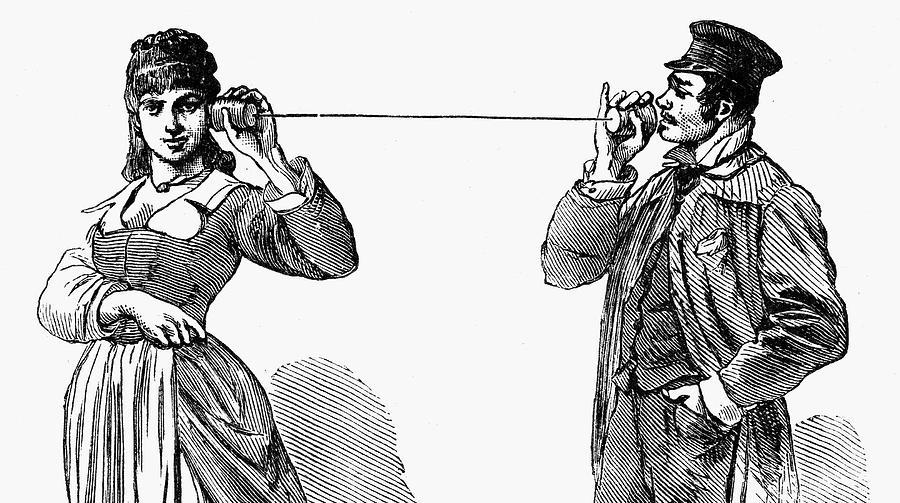
On August 4, 1922, telephones fell silent in the United States. 13 million devices were turned off for one minute - this is how American telephone operators expressed grief over the death of Alexander Bell. We owe a lot to this inventor, including the patenting of a telephone (although the Italian Antonio Meucci was recognized as the inventor). The birthday of telephone communications is considered to be the date of patent application, February 14, 1876.
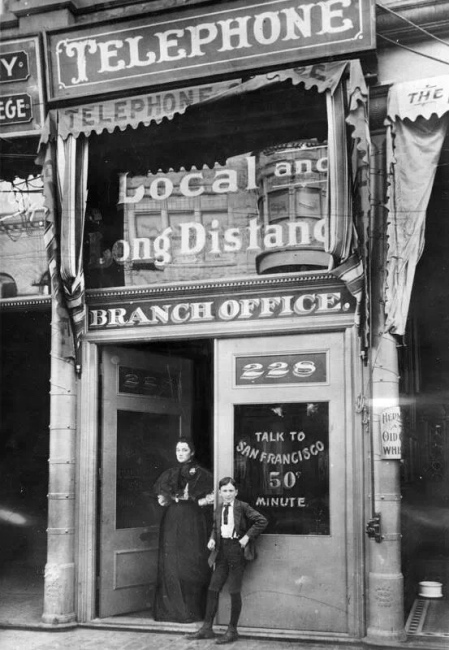
An interesting engineering novelty was instantly appreciated: a year later the first telephone exchange was built in the USA, and five years later the European expansion took place, and the phones rang in Berlin, Petersburg, Moscow and Warsaw. Communication was expensive, but nonetheless in demand. Simultaneously with communication services, a simple billing appeared.
“The Commissioner addresses all state, city and public institutions, as well as all persons wishing to subscribe to telephones, with the most humble request to make a statement to the office of Moscow telephones,” was the advertisement in Moscow newspapers. The cost of the subscription was 250 rubles per year. The average salary of a worker is about 60 rubles a month. However, the first phones were clearly not for workers. If you transfer the subscription fee to a modern pricing system, then the annual right to use the telephone line would now cost about 400 thousand rubles.
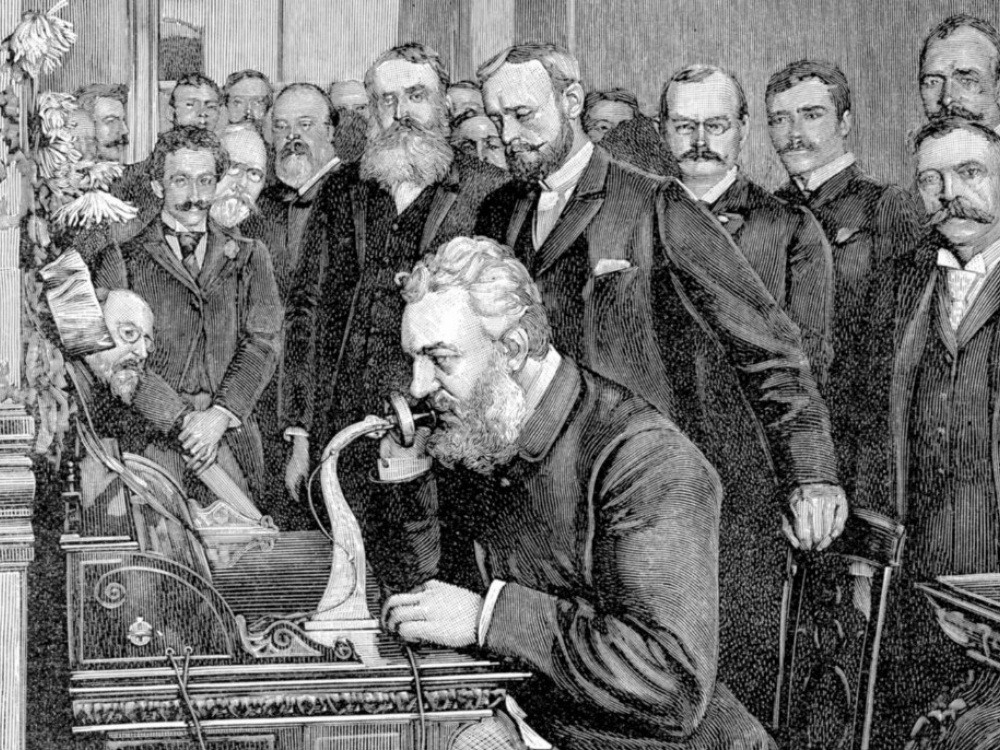
Despite the prices, by the beginning of the 20th century, about 7,000 telephones were installed in Moscow and St. Petersburg. Competition began to appear. The Swedish-Danish-Russian Telephone Joint Stock Company offered the lowest monthly fee: only 79 rubles (according to other sources - 63 p 20 kopecks) versus 250 from the previous Bell company. Perhaps this was the first case of price wars between telecom operators in our country.

Soon, Russia broke several telephone records. The Moscow telephone exchange became the largest in Europe: it served 60 thousand numbers. Between the two capitals, 660 km of lines stretched along which about 200 negotiations a day were carried out. The 498-kilometer London-Paris line is left behind.
A subscriber base has appeared, “intercity” has come - and the era of complex settlements has come. 60 thousand subscribers - already a lot even for simple charging of a monthly fee. At first, calculations were carried out at machine-counting stations, in the 1930s the simplest arithmometers appeared, and closer to 1960, electromechanical arithmometers and perforating machines appeared. In the 70s of the twentieth century, electronics was connected to the calculations. Computers started to service billing.
However, computer technology could not all. For example, time-based billing remained unattainable, since the overwhelming number of switches did not allow registering the connection time. Time-based payment was used only in long-distance communication, where the telephone operator first monitored the connection time.
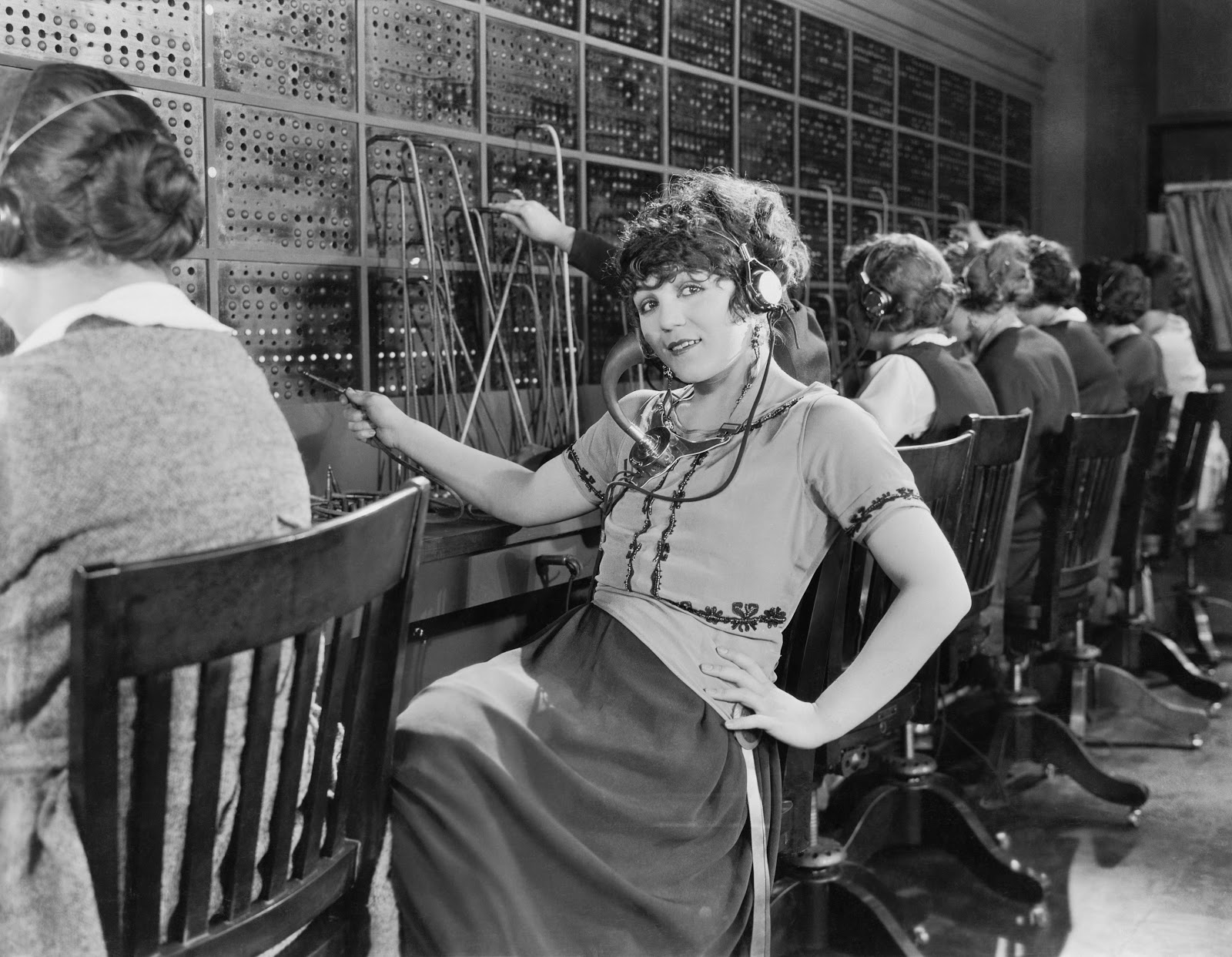
Automatic telephone communication and automatic payments for it became possible after the so-called so-called “in the mid-70s” of the last century. APUS devices (Time-based Connection Accounting Equipment). They were additionally installed on operating analogue switches and automatic caller ID systems. Such systems made it possible to automatically determine the number from which a long-distance or international call was made. Then the invoice for services was issued to the subscriber.
 This is how APUS looks.
This is how APUS looks.
With what baggage did the communications industry approach the Internet era?
Modern youth can hardly imagine what a monopoly in telephony is and what value the telephone was in the second half of the 20th century. Monopolies reigned in the telecommunications market in many countries, and the capabilities of the operators and the interests of their customers practically did not go beyond the scope of traditional voice communication. Companies providing communication channels could afford to take their time.
With billing, everything was exactly the same: the goal of all systems was only to facilitate the automatic collection of cash receipts. From a technical point of view, they, as a rule, were multi-terminal systems with a central computer (mainframes) and hard links, batch processing of data, a huge number of lines of machine code and an inconvenient interface.
Then came the time for cellular communications. Roaming, Internet and data transfer are now our routine, but then the most important question arose - how to consider all this?
The first "real" Russian billing system was created in 1992 in St. Petersburg by Peter-Service for Delta-Telecom, the mobile operator of the NMT-450 standard, the first fully automatic 1G standard. With the help of 18 engineers, we created an alternative to the American billing system Electronic Data Systems (HP acquired this company in 2008). In the process, we were seriously helped by the experience of working at a long-distance station - at that time the only place where telephone bills were billed. For six months, we made the main billing module with support for tariff plans, fetching tariff records from the switch and printing bills.
Over the next few years, we were creating the first replicated billing information system in Russia, and in 1996 the result of this work, the product PETER-SERVICE BIS, entered the market and began providing billing for North-West GSM, the GSM-900 standard operator.
Gradually, an understanding developed in the industry that for a full-fledged work, a telecom operator needs not only billing. The counting functions of the system remained fundamental, but they were no longer the focus of attention. Now all telecom operators have deployed a full-fledged BSS (Business Support System), which is responsible for service management, customer loyalty, operator marketing, and much, much more.
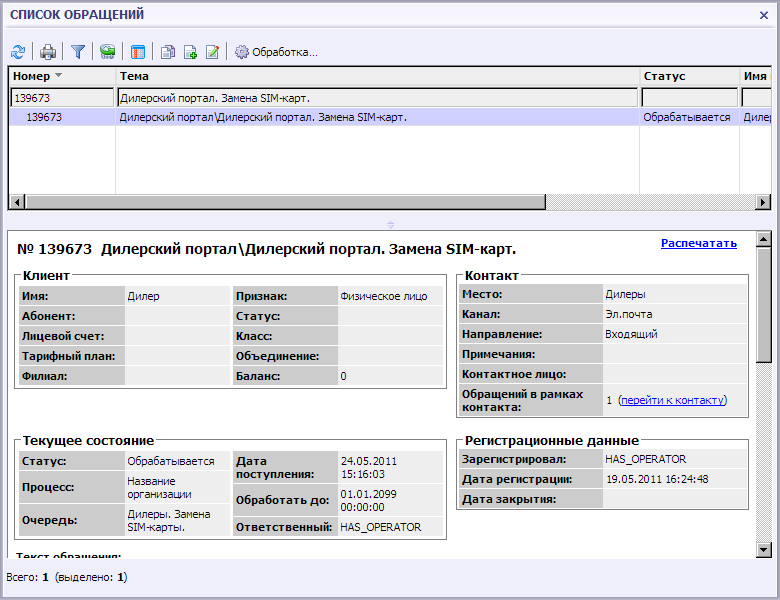
Now Russian operators process about a billion calls per day and issue hundreds of millions of bills per month. In turn, soft-writing also took a long step forward, and current technologies allow developing very flexible solutions with the help of domain architecture, ready for integration and scaling. The billing and finance functional circuit still integrates prepaid and post-paid settlements, online charges, balance-management life cycles, receivables management. The traffic component in all its diversity is included in the Policy loop. Just above these basic blocks is a very interesting Ordering domain, which controls product connection and order collection. He works in close conjunction with the product catalog and CRM.
By the way, even 10 years ago, some experts predicted a possible merger of billing and CRM. Now it is obvious that these systems have long moved away from each other, but at the same time they have become more integrated. Why did it happen? The fact is that billing and CRM have historically evolved in parallel. Sometimes CRM is so powerful and developed that the operator changes the billing core without replacing the CRM, which is separately developed and enriched with additional modules. CRM may be from another vendor. It may not even be industry-specific, just with good customization.
Above all this diversity are the communication channels between the operator and the client - the so-called frontend.


Most people do not even imagine how many sophisticated IT products are created and deployed to cater for humanity's communication needs. At the same time, products change, develop and learn to provide new services. About why telecom software is now experiencing another “birth”, read the next article.
Materials for publication were provided by Peter-Service chief analyst Tatyana Atanova and chief engineer Lev Dych.

On August 4, 1922, telephones fell silent in the United States. 13 million devices were turned off for one minute - this is how American telephone operators expressed grief over the death of Alexander Bell. We owe a lot to this inventor, including the patenting of a telephone (although the Italian Antonio Meucci was recognized as the inventor). The birthday of telephone communications is considered to be the date of patent application, February 14, 1876.

An interesting engineering novelty was instantly appreciated: a year later the first telephone exchange was built in the USA, and five years later the European expansion took place, and the phones rang in Berlin, Petersburg, Moscow and Warsaw. Communication was expensive, but nonetheless in demand. Simultaneously with communication services, a simple billing appeared.
The century before last
“The Commissioner addresses all state, city and public institutions, as well as all persons wishing to subscribe to telephones, with the most humble request to make a statement to the office of Moscow telephones,” was the advertisement in Moscow newspapers. The cost of the subscription was 250 rubles per year. The average salary of a worker is about 60 rubles a month. However, the first phones were clearly not for workers. If you transfer the subscription fee to a modern pricing system, then the annual right to use the telephone line would now cost about 400 thousand rubles.

Despite the prices, by the beginning of the 20th century, about 7,000 telephones were installed in Moscow and St. Petersburg. Competition began to appear. The Swedish-Danish-Russian Telephone Joint Stock Company offered the lowest monthly fee: only 79 rubles (according to other sources - 63 p 20 kopecks) versus 250 from the previous Bell company. Perhaps this was the first case of price wars between telecom operators in our country.

Soon, Russia broke several telephone records. The Moscow telephone exchange became the largest in Europe: it served 60 thousand numbers. Between the two capitals, 660 km of lines stretched along which about 200 negotiations a day were carried out. The 498-kilometer London-Paris line is left behind.
A subscriber base has appeared, “intercity” has come - and the era of complex settlements has come. 60 thousand subscribers - already a lot even for simple charging of a monthly fee. At first, calculations were carried out at machine-counting stations, in the 1930s the simplest arithmometers appeared, and closer to 1960, electromechanical arithmometers and perforating machines appeared. In the 70s of the twentieth century, electronics was connected to the calculations. Computers started to service billing.
However, computer technology could not all. For example, time-based billing remained unattainable, since the overwhelming number of switches did not allow registering the connection time. Time-based payment was used only in long-distance communication, where the telephone operator first monitored the connection time.

Automatic telephone communication and automatic payments for it became possible after the so-called so-called “in the mid-70s” of the last century. APUS devices (Time-based Connection Accounting Equipment). They were additionally installed on operating analogue switches and automatic caller ID systems. Such systems made it possible to automatically determine the number from which a long-distance or international call was made. Then the invoice for services was issued to the subscriber.

With what baggage did the communications industry approach the Internet era?
Modern youth can hardly imagine what a monopoly in telephony is and what value the telephone was in the second half of the 20th century. Monopolies reigned in the telecommunications market in many countries, and the capabilities of the operators and the interests of their customers practically did not go beyond the scope of traditional voice communication. Companies providing communication channels could afford to take their time.
With billing, everything was exactly the same: the goal of all systems was only to facilitate the automatic collection of cash receipts. From a technical point of view, they, as a rule, were multi-terminal systems with a central computer (mainframes) and hard links, batch processing of data, a huge number of lines of machine code and an inconvenient interface.
Mobile era
Then came the time for cellular communications. Roaming, Internet and data transfer are now our routine, but then the most important question arose - how to consider all this?
The first "real" Russian billing system was created in 1992 in St. Petersburg by Peter-Service for Delta-Telecom, the mobile operator of the NMT-450 standard, the first fully automatic 1G standard. With the help of 18 engineers, we created an alternative to the American billing system Electronic Data Systems (HP acquired this company in 2008). In the process, we were seriously helped by the experience of working at a long-distance station - at that time the only place where telephone bills were billed. For six months, we made the main billing module with support for tariff plans, fetching tariff records from the switch and printing bills.
Over the next few years, we were creating the first replicated billing information system in Russia, and in 1996 the result of this work, the product PETER-SERVICE BIS, entered the market and began providing billing for North-West GSM, the GSM-900 standard operator.
Gradually, an understanding developed in the industry that for a full-fledged work, a telecom operator needs not only billing. The counting functions of the system remained fundamental, but they were no longer the focus of attention. Now all telecom operators have deployed a full-fledged BSS (Business Support System), which is responsible for service management, customer loyalty, operator marketing, and much, much more.

Now Russian operators process about a billion calls per day and issue hundreds of millions of bills per month. In turn, soft-writing also took a long step forward, and current technologies allow developing very flexible solutions with the help of domain architecture, ready for integration and scaling. The billing and finance functional circuit still integrates prepaid and post-paid settlements, online charges, balance-management life cycles, receivables management. The traffic component in all its diversity is included in the Policy loop. Just above these basic blocks is a very interesting Ordering domain, which controls product connection and order collection. He works in close conjunction with the product catalog and CRM.
By the way, even 10 years ago, some experts predicted a possible merger of billing and CRM. Now it is obvious that these systems have long moved away from each other, but at the same time they have become more integrated. Why did it happen? The fact is that billing and CRM have historically evolved in parallel. Sometimes CRM is so powerful and developed that the operator changes the billing core without replacing the CRM, which is separately developed and enriched with additional modules. CRM may be from another vendor. It may not even be industry-specific, just with good customization.
Above all this diversity are the communication channels between the operator and the client - the so-called frontend.


Most people do not even imagine how many sophisticated IT products are created and deployed to cater for humanity's communication needs. At the same time, products change, develop and learn to provide new services. About why telecom software is now experiencing another “birth”, read the next article.
Materials for publication were provided by Peter-Service chief analyst Tatyana Atanova and chief engineer Lev Dych.
